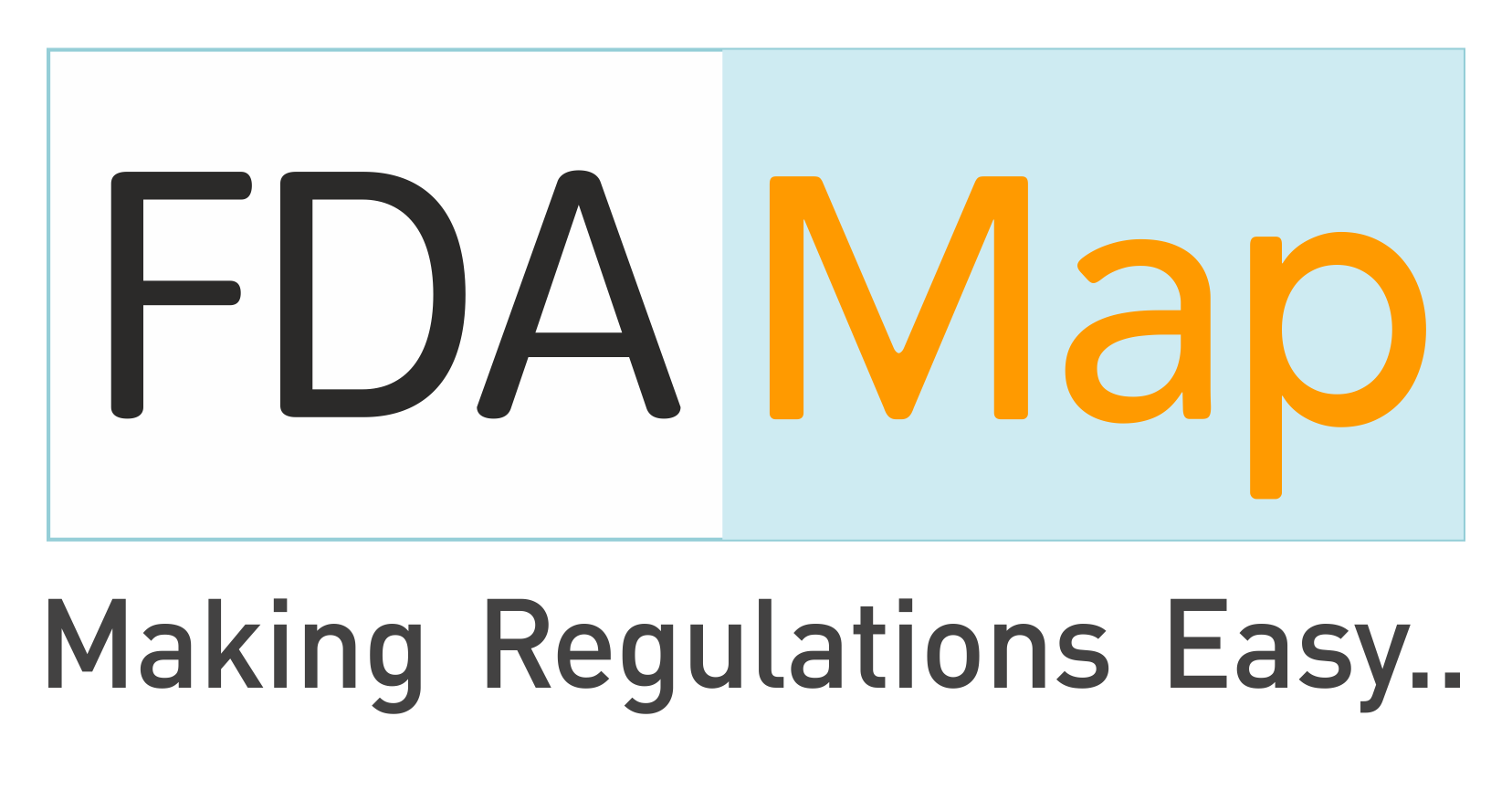Clinical trial design is a fundamental aspect of drug and medical device development, directly influencing trial success, Regulatory approval, and market entry. Effective clinical trial design and management require a thorough understanding of various types, guidelines, and the regulatory landscape set by agencies like the FDA. In this article, we explore the key components of clinical trial design services, practical examples, and how regulatory consulting can optimize the process.

Importance of Clinical Trial Design Services
Clinical trial design services ensure that trials are structured to meet regulatory expectations and scientific rigor. These services provide expertise in designing studies that are ethical, scientifically sound, and compliant with regulatory standards. Experienced Clinical trial consultants guide sponsors through the intricate clinical trial design process, reducing risks and increasing the likelihood of successful outcomes.
Clinical Trial Design Types
Clinical trials are typically categorized into several design types:
- Randomized Controlled Trials (RCTs): Participants are randomly assigned to treatment or control groups, minimizing bias and ensuring robust statistical validity.
- Observational Studies: Researchers observe participants without intervention, useful in understanding long-term effects and natural disease progression.
- Cross-over Designs: Each participant receives multiple interventions sequentially, serving as their own control, enhancing comparative accuracy.
- Adaptive Design Trials: Allow modifications to the trial after commencement without undermining its integrity, improving efficiency and responsiveness.
Clinical Trial Design Guidelines
The FDA provides comprehensive clinical trial design guidelines to ensure trial integrity, patient safety, and data validity. These guidelines cover protocol development, Participant safety monitoring, statistical considerations, and reporting requirements. Adhering to these guidelines is crucial for regulatory approval and efficient trial execution.
Example of a Clinical Trial Design
An example of a well-structured clinical trial design could be an adaptive trial examining a new cardiovascular drug. The trial might start as an exploratory phase II study, with the flexibility to expand based on interim results, transitioning smoothly into a confirmatory phase III study. This approach ensures resource efficiency and quicker decision-making.
Clinical Trial Design Process
The clinical trial design process involves several critical steps:
- Concept Development: Defining research objectives, endpoints, and regulatory requirements.
- Protocol Design: Creating detailed protocols outlining methodology, participant criteria, and statistical analysis plans.
- Regulatory Review: Engaging with regulatory authorities early to ensure alignment with FDA guidelines.
- Execution Planning: Site selection, operational logistics, recruitment strategies, and data management plans.
- Implementation and Monitoring: Initiating trials, monitoring compliance, and collecting data.
Clinical Trial Design Example
Consider a hypothetical example of a clinical trial design for a novel cardiovascular drug:
- Phase I: Safety and dosage determined through small participant group.
- Phase II: Expanded participant numbers to evaluate efficacy and side effects.
- Phase III: Large-scale testing to confirm effectiveness and monitor adverse reactions.
- Phase IV: Post-marketing surveillance studies to assess long-term outcomes and safety.
Leveraging Clinical Trial Design Software and Technology
Advanced software tools and technologies now aid clinical trial design. AI-driven platforms help optimize trial protocols, predict potential risks, and enhance data management. Utilizing these digital tools streamlines operations, saves time, and ensures adherence to clinical trial design guidelines.
Conclusion
Robust clinical trial design services are vital for successful healthcare innovations. Understanding clinical trial design types, adhering to regulatory guidelines, and employing skilled consultants can significantly streamline the drug and medical device development journey. Ultimately, effective clinical trial design not only accelerates market entry but also ensures patient safety and improved therapeutic outcomes.
